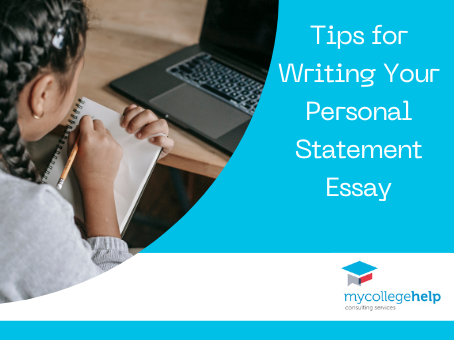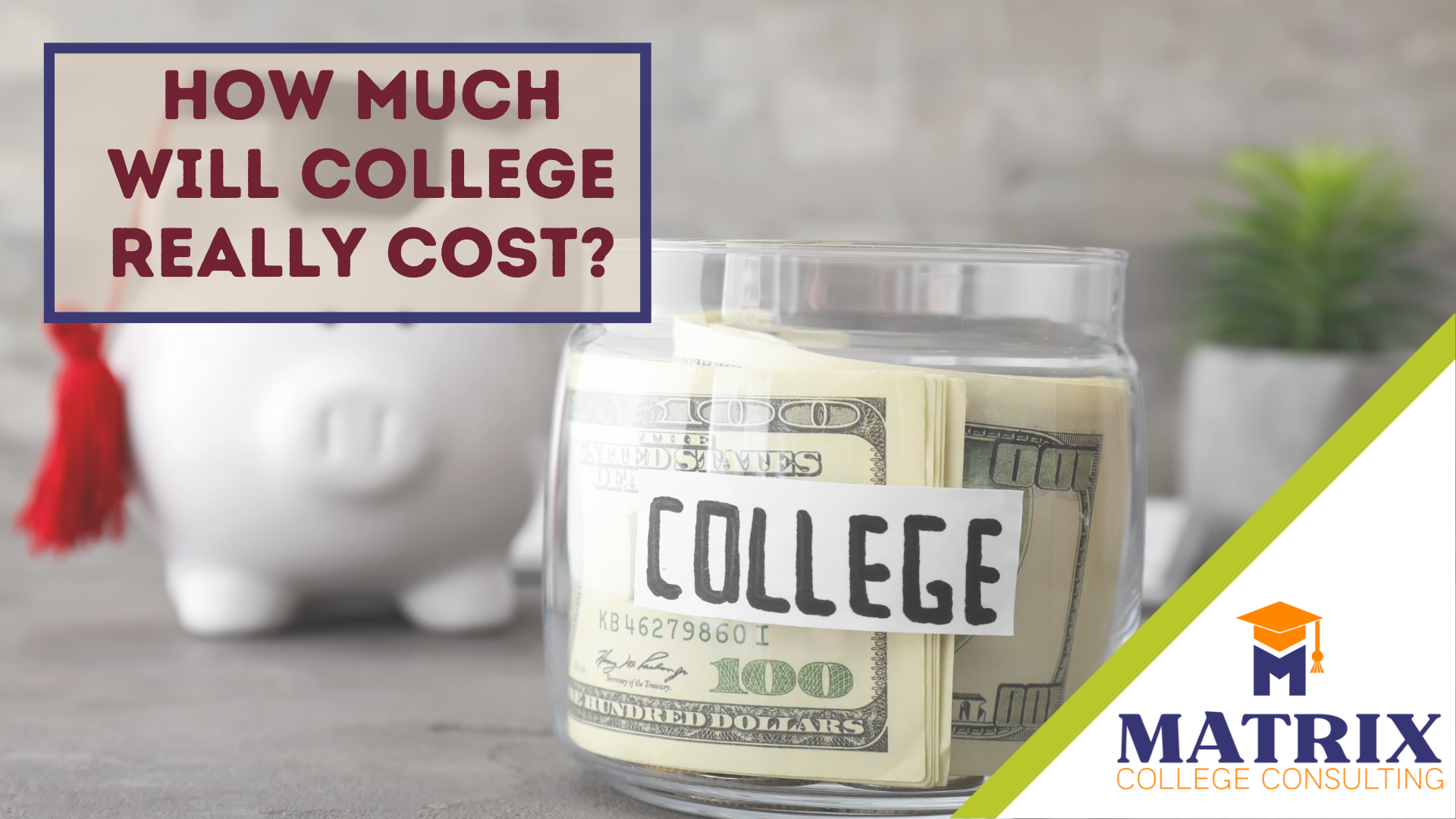This guest blog was written by Alice Hancock, an IEC from North Carolina who has been helping students develop their writing skills for years. She created My College Help LLC as a means to positively impact students' lives. Using her Master's degree in Education and over 20 years of teaching experience, she assists families and students as they navigate the college admission process.
Formulas. a2 + b2 = c2. We all love formulas at different times in our life because they can make math, chemistry, and other areas of our life easier. When it comes to writing your personal statement essay, otherwise known as the common app essay, there is no formula. Each person has a unique voice and a meaningful story. Sometimes it can be challenging to excavate that message. At times we’ve all been there- staring with a blank look at the expanse of white, panicked with thoughts racing about how to answer the prompt for an essay. Here are a few steps to help students start the process.
First, it’s important to remember the purpose of the common app essay. Universities are using a student’s essay as a “written interview” where they hope to learn about a student’s personality and values. It’s essential for students to think through what they, the student, want the college to know about them. This information needs to be something the college could not glean from the applicant’s activity list or transcript. I love conducting brainstorming activities with my students to help them discover possible topics for their personal statement essay and supplemental essays. Every student has a distinct voice and experiences worthy of sharing.
Second, students need to understand what the prompt is really asking. After examining closely, I help students see that behind each prompt is the same question: what happened and why does it matter. Most students can easily answer the “what happened” (the obstacle, event, achievement, etc). The “why it matters” usually takes time and some heart-probing questions.
Third, write a content draft. Once a student understands the purpose and prompt, I guide them through a 10-step process.
Here are a few tips to help you start writing the first line of the first draft (After all, we all know starting is a big hurdle to overcome).
- Use verisimilitude. It is one of my favorite words to explain to students. Ask any of my former clients and they will tell you, that Mrs. Hancock loves for us to practice verisimilitude. When a writer uses many if not all of their five senses and vivid descriptions then they can write in a manner that appears true and real. It gives the reader a sense of being there like they were dropped into a scene. So, students can begin by giving the reader a description of the moment but not explaining much. The actions, details, and dialogue will speak for themself.
“Clickity clackity, clickity clackity.” The sound of my fingers dancing across
the keyboard penetrated the silence.
Brandon C.
- Begin by admitting to something. This technique can draw the reader in.
“I didn’t have a goal in mind the day I walked into the dojo, but I now see that it was the first step I took on my path towards finding one.”
Josh M.
“Tarannum. Melody. An Islamic name. My middle name.”
Anika A.
- Try starting with one word, phrase, or dialogue.
1980. (we’re all wondering what about 1980— some of us might even remember 1980).
Anonymous
“The sauce is the boss.”
Asher H.
Finally, remember, the most important thing is to begin. The first draft is a content draft. So, try to paint images for the reader and focus on writing the content. It’s OK at this stage to write in fragments and run-on sentences. After all, “You don’t have to be great to get started, but you have to get started to be great.” (Les Brown) and from The Doctor (Matt Smith from Doctor Who) — ‘We are all stories, in the end, just make it a good one eh?’





